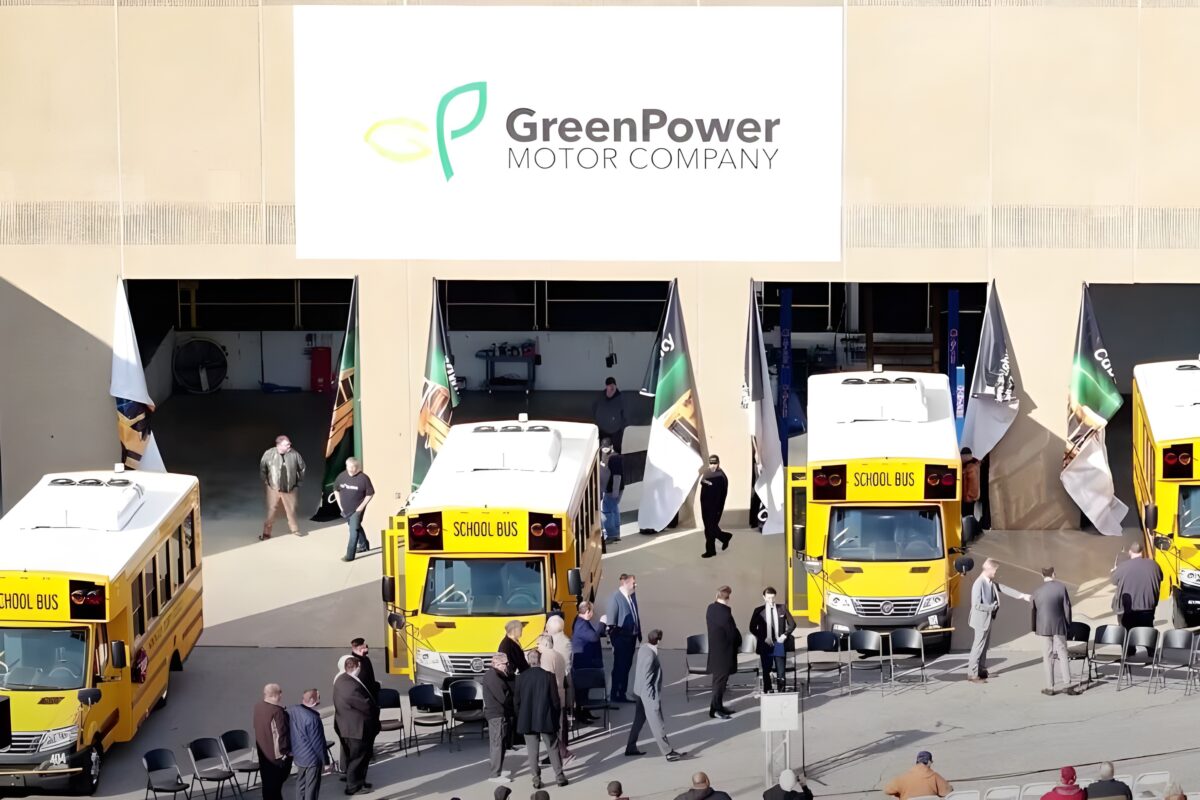The idea of a Goods and Services Tax hung over India’s truck industry for more than a decade; now it’s here, and at the heart of road freight stakeholders’ long-term strategies. But fleets won’t benefit from the new tax regime without trucks that deliver low total cost of ownership. GST, TCO… six letters that shaped the debate at HD Truck Pune, a one-day conference organised by Automotive Megatrends. Martin Kahl identified 5 big themes at the event
Heavy trucks getting heavier
Larger trucks running longer distances can significantly increase efficiency, shifting greater loads further and more quickly than fleets of smaller vehicles. With GST comes the opportunity to run bigger, longer, heavier and more powerful trucks. There’s an expectation that road freight in India will transition to greater use of heavyweight vehicles for long-haul routes, said Vinay Raghunath, Partner Automotive Practice at EY, “with low payload vehicles for last mile connectivity at the other end.”
Low TCO high on the agenda
In trucking, low cost doesn’t mean low total cost of ownership (TCO), and cheap doesn’t mean cheerful. What’s needed is an Indian trucking culture that develops and demands affordable over cheap. “I don’t think technology is going to change the industry drastically – it will be economics, as it has always been,” commented Asia Motor Works President A. Ramasubramanian. “It’s nice if we can launch vehicles ahead of their time, but if we want them to sell, it has to be profitable for the customer.”
Technologies that boost efficiency and reduce TCO are exactly what the fleet buyers want.
Connected truck market – a wide open goal
India’s connected truck market is wide open, was the verdict of a panel discussion featuring GM, KPIT and Numadic. Once fleets understand the upside of telematics, the potential for India’s trucking industry is vast, with benefits for all stakeholders – and, of course, consumers.
Most Indian fleets still use the most basic of connected services: vehicle tracking. Meanwhile, mature markets are exploring how to benefit from new technologies like autonomous driving and blockchain. The truck sector needs “to figure out how to upscale … and understand the implications of capabilities from a business value perspective,” said EY’s Raghunath.
“There’s a huge business opportunity,” said KPIT’s Sourabh Jha, “and it’s just a matter of how quickly we can capture that with telematics and connected technologies.”
Cowl trucks – really?
The complexity of India’s truck industry is brilliantly exemplified by the continued existence of cowl trucks. While some in the industry are exploring how to catch up with Europe, North America and Japan, others still seek to keep costs low by buying cowl trucks. Astonishingly, cowls are not only legal, but also a lucrative line of business for the same OEMs that would benefit from selling higher value trucks. Cowls – more or less unique to the Indian market – are cheap, but the list of no-frills compromises includes comfort, performance and safety. The Indian government acted swiftly on certain banknotes – is it prepared to make a similar move to kill off the cowls?
Driverless trucks – part of the future, way off in the future
There’s no doubting that autonomous trucking is coming to India – but it’s a long way off, says Joerg Mommertz, Chairman and MD of MAN Trucks India. Driverless trucks would solve the country’s driver shortage, but it would also require a major infrastructure overhaul, and the development of an appropriate legal framework – three issues not unique to India, but certainly much harder to overcome than in other markets. AMW’s Ramasubramanian wants to see the Indian truck market grow to 800,000 units. But in a market already short of drivers, finding over 800,000 new drivers looks like an impossibility. But if they were driverless trucks…
This article appeared in the Q1 2018 issue of Automotive Megatrends Magazine. Follow this link to download the full issue



